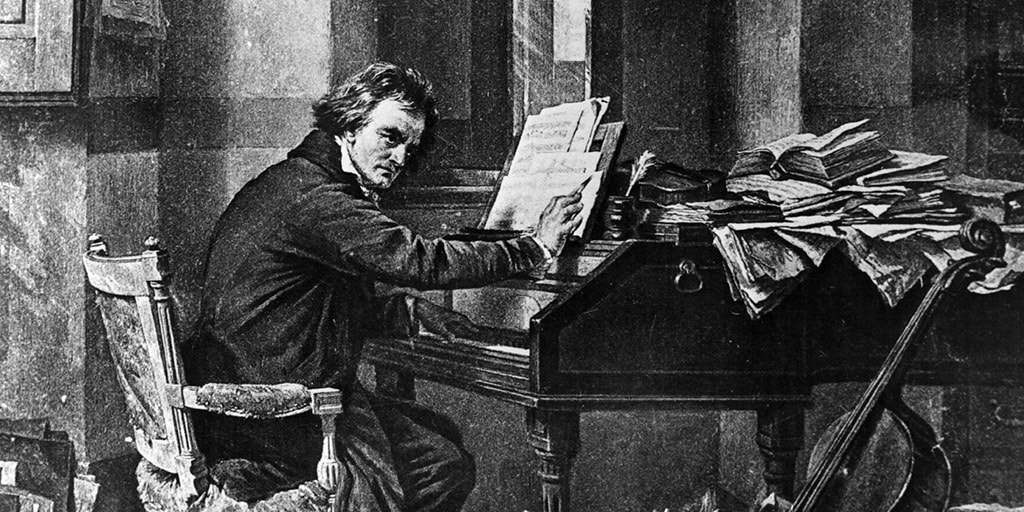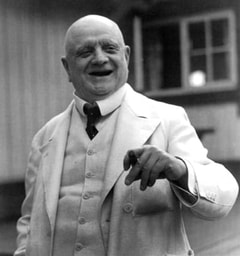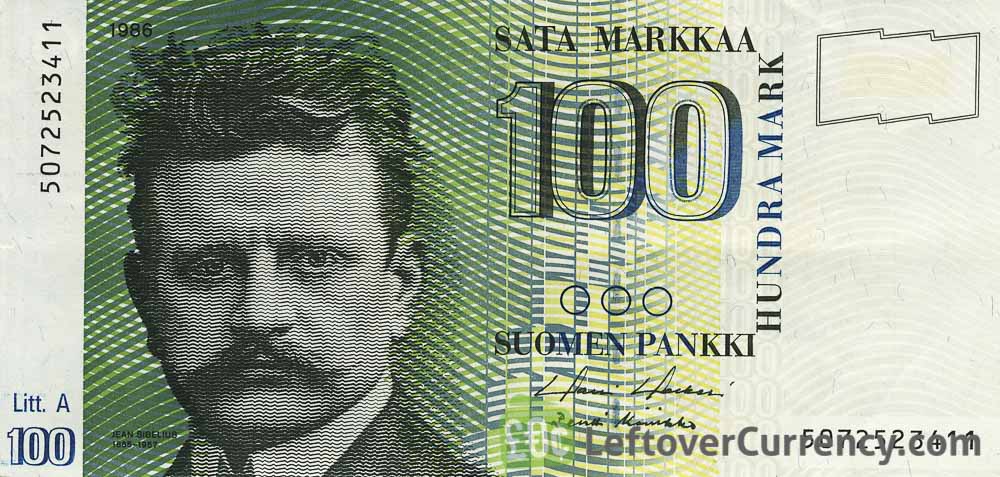Claude debussy
prelude to the afternoon of a faunDIVE IN!
Claude Debussy is known as an innovative composer who broke new ground on expressive ideas in music, but for most of us his power lies in the brilliant, beautiful, and engaging sounds he created rather than the painstaking attention to detail and planning he applied to his compositions. Enjoy getting to know a bit about his genius and listening to the Colorado Symphony performances of Prelude to the Afternoon of a Faun.RESOURCES:Nerd Alert! This 4 minute video highlights preparation and study of the flute solos,
as delivered by legendary flutist Jeanne Baxtresser.Now calling all Super Nerds! Enjoy this 15 minute lesson from Leonard Bernstein.
Plenty of opportunities to pause this video for rabbit hole research!!Walter Murphy's genius 1979 mashup of Faun and slow groove disco.HIGHLIGHTS:
Claude Debussy composed Prelude to the Afternoon of a Faun in 1894. It was premiered that same year in Paris and represented a turning point in classical composition toward modern atonal music - music without a sense of home “key” or a hierarchical structure of notes.
This piece was inspired by Stephen Mallarme’s poem Afternoon of a Faun, and then later became the inspiration for the Nijinsky choreographed ballet by the same name.
Prelude to the Afternoon of a Faun is 110 bars long, reflecting the 110 lines of Mallarme’s poem, and is in two sections which split at the exact mid-point - bar 55.
Prelude to the Afternoon of a Faun has been featured in television and movie soundtracks, as well as in electronic music and jazz arrangements. Ren & Stimpy fans may recognize it from a “Powdered Toast Man” scene. LP enthusiasts may recognize it from Walter Murphy's 1979 disco version.
Debussy’s score calls for 3 flutes, 2 oboes and English horn, 2 clarinets, 2 bassoons, 4 horns, 2 harps, 2 percussion instruments called crotales, and the usual string section of violins, violas, cellos, and basses.
This music begins right from the start with a single flute playing the major thematic material. Listen carefully to this beautiful languid tune. It will return again multiple times throughout the piece, always a bit different than the first statement and often embellished in an improvisatory way. Other things to listen for are the way Debussy creates a sense of dreaming and of a hazy warm afternoon with musical gestures and textures.
A typical performance lasts about 10 minutes.NERD ASSIGNMENTS!
Consider and Discuss:
In Prelude to the Afternoon of a Faun, composer Claude Debussy structures his music around short ideas or motifs rather than broader structures of the Classical and Romantic eras. He also draws the listener more into a tactile listening experience with musical textures and gestures than was customary practice in those earlier eras, and he pushes further across the boundaries of tonality - the idea of notes having roles and hierarchy organized around a sense of “home key". For these reasons and others, Debussy was considered to be a Modernist Impressionist composer. He never appreciated being labeled Impressionist, but the label has stuck. What do you think of when you hear the terms “Modernist” or “Impressionist” or “atonal”? How do these terms and your understanding of them comport with your experience listening to Debussy’s music? What do you appreciate or find puzzling about these labels when exploring Debussy’s music?
Try an Activity!
In Prelude to the Afternoon of a Faun, composer Claude Debussy has constructed sounds for listeners to conjure mental images and sensations of nature. Try it yourself! Go for a walk outside and bring a journal with you. Really focus on the things you see, hear, smell, feel, (or even taste if you should find some delicious treat along the way!) as though you are experiencing them for the first time. Note them in your journal and be as detailed as possible. When you return home take a fresh look at your journal notes. How would you translate these into sounds? What instruments would you choose? What sorts of rhythms or pitches would you use? Let your mind dream up anything! After all, that’s what Debussy did!
Listening for interpretation
Listen to the performance live, and two or three different recordings of Debussy's Prelude to the Afternoon of a Faun for comparison and contrast. How do you find the interpretation of different performances affect the overall piece of music? What specific things do you notice? Do you have any favorite interpretations or moments? What draws you toward some and/or turns you away from others?Claude Debussy with some dogsClaude Depussy (2000-2020)Claude Depussy, napping with violin. May he nap in peace.LUDWIG VAN BEETHOVEN
PIANO CONCERTO #2DIVE IN!
Ludwig van Beethoven (1770-1827) was a German composer who was born into the Classical Era, broke those conventions during his middle compositional period, and paved the way for the Romantic Era in his late compositional period. He's like three composers for the price of one! He began composing Piano Concerto #2 at 17, during his early period. It's filled with character and life, suggesting a bright future ahead!HIGHLIGHTS:
Ludwig van Beethoven composed Piano Concerto #2 between 1787 and 1789, but it wasn't published until 1801. Technically this was his first piano concerto composition, but since it was published after his second concerto had been labeled #1 this one was labeled #2.
Piano Concerto #2 was premiered in 1795 by Beethoven himself who used the concerto as a way to promote his own performance career, especially to burst onto the scene after moving to Vienna.
About the concerto, he wrote to his publisher that it was "not one of my best".
It's interesting to note that this is the only one of his piano concertos which doesn't include clarinets, trumpets, and timpani. Instead it's scored for solo piano, flute, two oboes, two bassoons, two horns and the usual string section of violins, violas, cellos, and basses.
Piano Concerto #2 is in 3 movements: Allegro con brio [quick with panache]; Adagio [slow]; Rondo Molto Allegro [variation form, very quick].
A typical performance lasts about 30 minutes.RESOURCES:A recording with score, so you can get an idea of what the conductor sees!A live performance by Martha Argerich, featuring encore "Bailecito" by Carlos Guastavino
NERD ASSIGNMENTS!
Start with a Conversation:
A concerto is a type of musical form that creates dialogue and drama between a single instrument or small group of instruments, and a much larger group of instruments. What exactly is dialogue? How is dialogue made? Think about constructing a brief dialogue between two people. What can you do to alter this dialogue so that one participant becomes a whole group of people? What are some examples of this type of dialogue you can think of in your every day life? [call and response in pep rallies, a religious service, etc.] Now imagine what it might be like if each person in the large group had an individual response in this dialogue. Would we be able to understand all the responses simultaneously? In music, many different sounds (often called ‘voices’) can be processed simultaneously by the human ear. Because of this it’s possible to have a two part musical dialogue with many individual voices!
Try an Activity!
Go ahead and dive down that internet rabbit hole! Listen to a few different recordings of Ludwig van Beethoven's Piano Concerto #2 for comparison and contrast. How do you find the interpretation of different soloists and orchestras affect the overall piece of music? What specific things do you notice? Do you have any favorite interpretations or moments? What draws you toward some and/or turns you away from others?
Listening for dialogue and interpretation in Beethoven's Piano Concerto #2
Listen to the performance live and again via recording if possible. Try to listen carefully for musical dialogue and dramatic interpretive elements in this composition. How did the conversation and comparison/contrast activities help you to better engage as a listener?Jean sibelius
symphony #2, in D majorDIVE IN!
Jean Sibelius (1865 - 1957 ) was a Finnish composer of the late Romantic and Modern eras. He is celebrated as Finland's greatest composer from these periods, succeeded by Kajia Saariaho in the latter part of the 1900s into the 2000s. His music is often credited with having helped Finland develop a national identity during its struggle for independence from Russia. The Finnish 100 mark note featured his image until 2002, when the euro was adopted. Since 2011, Finland has officially celebrated Sibelius's birthday of December 8, which is also known as the Day of Finnish Music.
RESOURCES:A live performance led by Susanna MälkkiA bonus video of just the 4th movement, conducted by actual real life Leonard Bernstein and not Bradley Cooper in makeup. 🤓😎HIGHLIGHTS:
Sibelius composed music inspired by nature, Nordic mythology, and the Finnish national epic, Kalevala.
His seven symphonies are regularly performed around the world, as are some of his most popular works Finlandia, Valse triste, the sweeping epic Violin Concerto, and The Swan of Tuonela, which we performed just this past December.
Symphony No. 2 was composed between 1901 and 1902, while Sibelius was on an extended stay in Italy and just a year or so after the wildly successful premiere of his tone poem Finlandia.
About this symphony, Sibelius said it was a “confession of the soul.”
Symphony #2 was premiered in 1902 with Sibelius himself conducting.
Much like it was for Finlandia, the public reception to Symphony #2 was strongly positive. Finnish people heard in it a nationalistic pride during a time when Finland was under attack by Russia to curb its language and culture - themes that persist today in Russia’s war on Ukraine.
The symphony is organized in 4 movements, which was fairly standard practice; a generally quick paced movement, a generally slower paced movement, an energetic quick movement, and a sweeping grandiose final movement. The third and fourth movements are written to be played without a pause between them.
Although it was composed during the dawn of Modernism, stylistically it hearkens back toward Romanticism and in ways evokes the music of Tchaikovsky and even late Beethoven works.
A typical performance lasts about 45 minutes.Enjoy listening!
READY TO ENGAGE!
Please share your experience with me – [email protected]!
I’d love to hear about it or see any of your activities, journaling, or creations!
I’d love to hear about it or see any of your activities, journaling, or creations!







